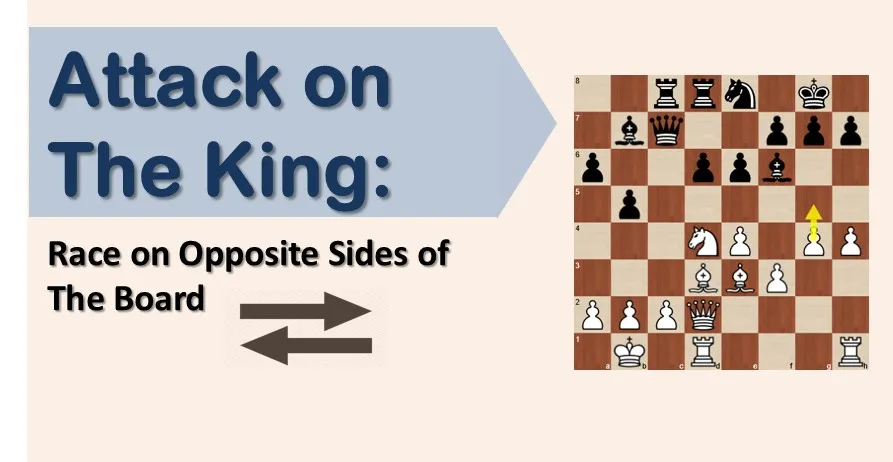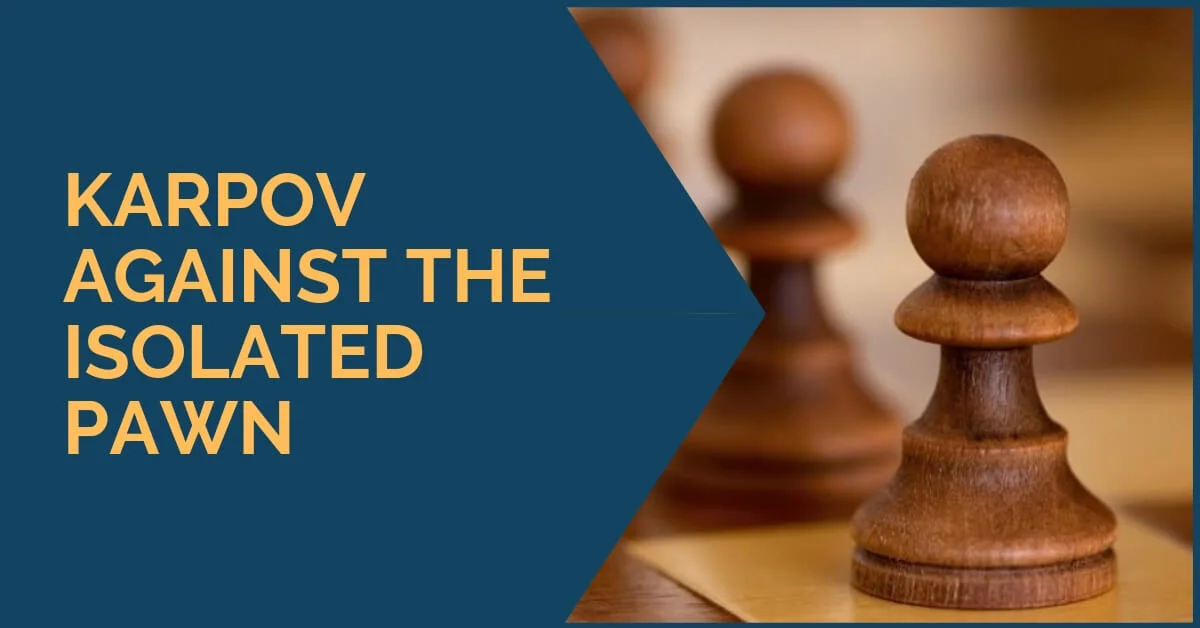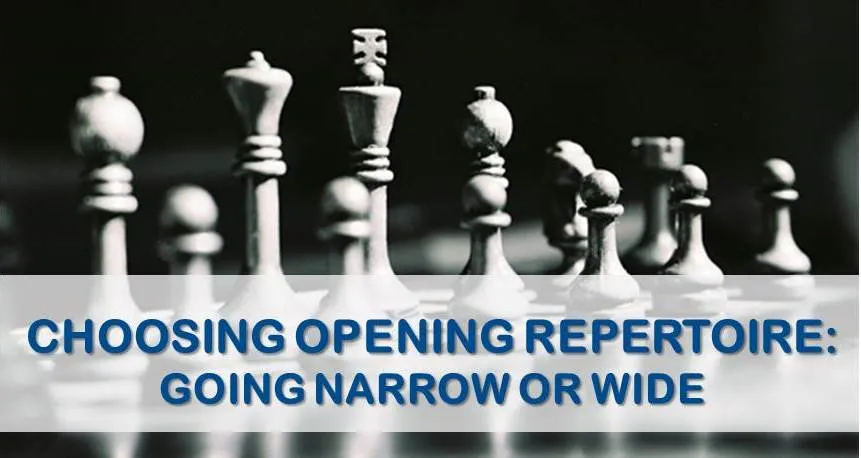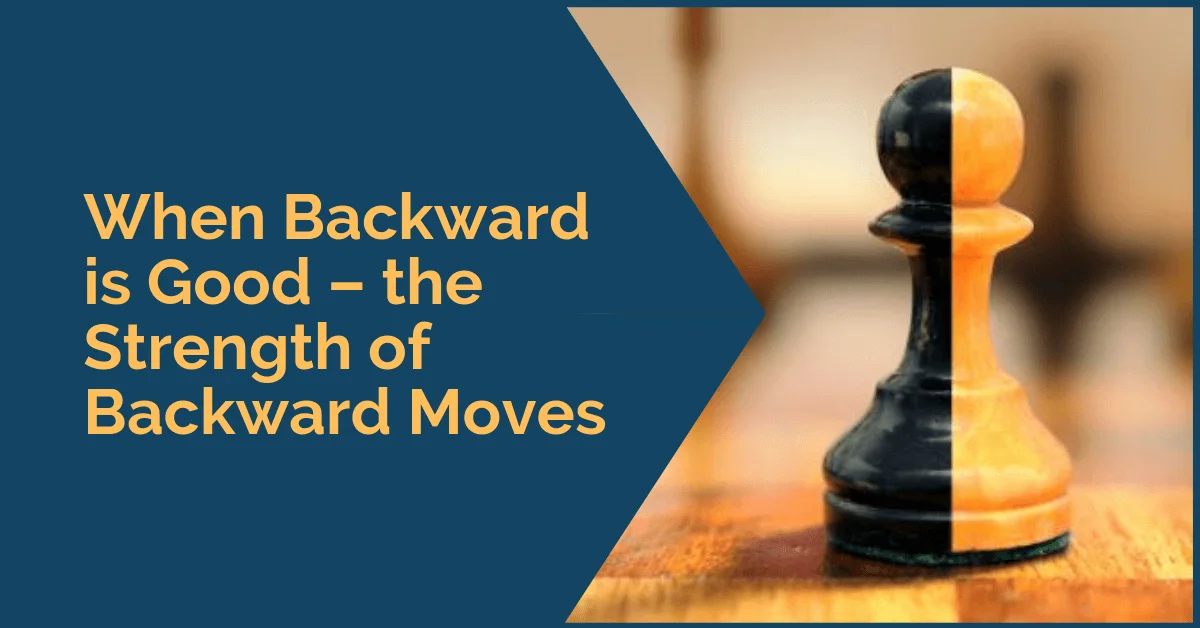Attack on the King: Race on Opposite Sides of The Board

Opposite flank attacks are a common element in chess. In the most popular openings like Sicilian – Najdorf, Classical, or the Dragon, it is very often that white chooses to castle queenside in order to launch an attack against the black king located on the opposite flank.
In such situations, it is very important for both sides to master the art of defending and attacking at the same time. The margin for error is very small and one should not hesitate when it comes to sacrificing material in order to open the files. For this article, we have selected a few examples that will help you understand the tense battle when both sides have the same goal: to destroy the opponent’s castle and checkmate!
Before we move on to the games, it is worth mentioning what are the patterns we should follow in order to succeed when attacking the enemy’s castle.
Tip:
In order to fight blunders, find the right plan in complex positions and improve your positional and tactical vision we recommend you to sign up for our comprehensive training course. Hundreds of chess players already benefited from our training . Don’t wait, start winning chess games today.
On the attack:
- Use your pawns to break the opponent’s castle. It does not matter if you lose one or two pawns, the goal is to expose the enemy’s king.
- Gather pieces on the area you are developing your attack. It is important to have some material superiority. This does not mean material advantage, just to have a superior number of pieces where the action is, for example 4 attackers versus 2 defenders. If you don’t have enough pieces on the attack, it won’t succeed.
- Keep an eye on central ruptures. This is important! When you are attacking, your opponent will try to strike in the center as well. Make sure his reactions are not powerful enough to disturb your plans!
- Your opponent will counterattack and use sacrifices as well. Keep in mind that you do not need to capture his pieces. For example: black plays ”Nxb2 with your king on b1 or c1” since it isn’t check, or doesn’t have any mate threat, you could just accelerate your attack and create your own threats.
The following examples will show fierce battles against the kings castled on opposite flanks. We recommend you have a close look at each one of them.
In this first game, between Bologan and Ye, we can see how white applies the ideas mentioned above and does not hesitate to sacrifice a couple of pawns in order to develop his attack. Note how the first sacrifice 19.e5 is done in order to keep the center closed. It’s the key move that allowed white’s attack to succeed.
In the next game, things don’t go very well for white. His project of attacking the kingside was put on hold by a very effective counterplay on the queenside. Just a great display by the former world champion.
We consider the last game we have chose, between Timman and Naiditsch, a very good one. We can see here how Naditsch developed his attack against the white king without wasting any time. He continued by sacrificing material and ignoring white’s threats by creating stronger threats of his own.
We hope that with this article you have enriched your understanding on these attack races on opposite wings. Knowing the patterns will help you save time and make the correct decisions in your games when you’re under such circumstances.
If you want to improve your chess level, you need to have a clear study plan. If you aim for a dramatic improvement at chess you need to work on all of the elements of the game in a systematic way:
- tactics
- positional play
- attacking skills
- endgame technique
- classical games analysis
- psychological preparation
- and much more
That seems to be like a lot of things, and that is. But no worries, we have made it easy for you. Our comprehensive training course covers it all and much more. Sign up for 21 Day Training right now!










Comments: